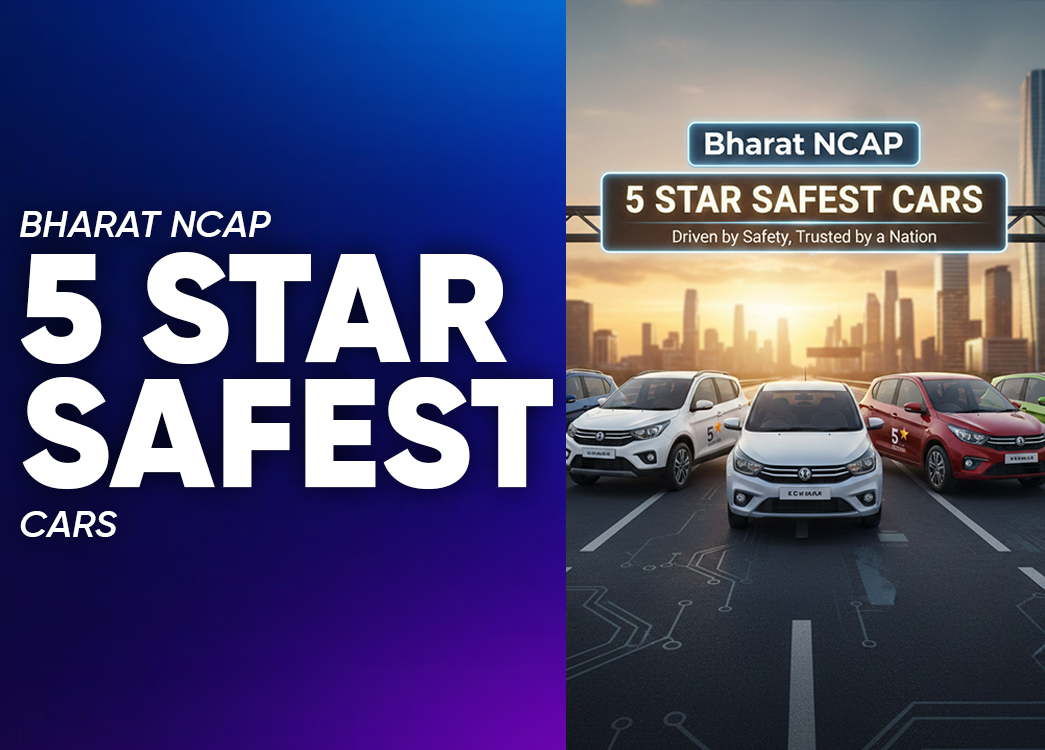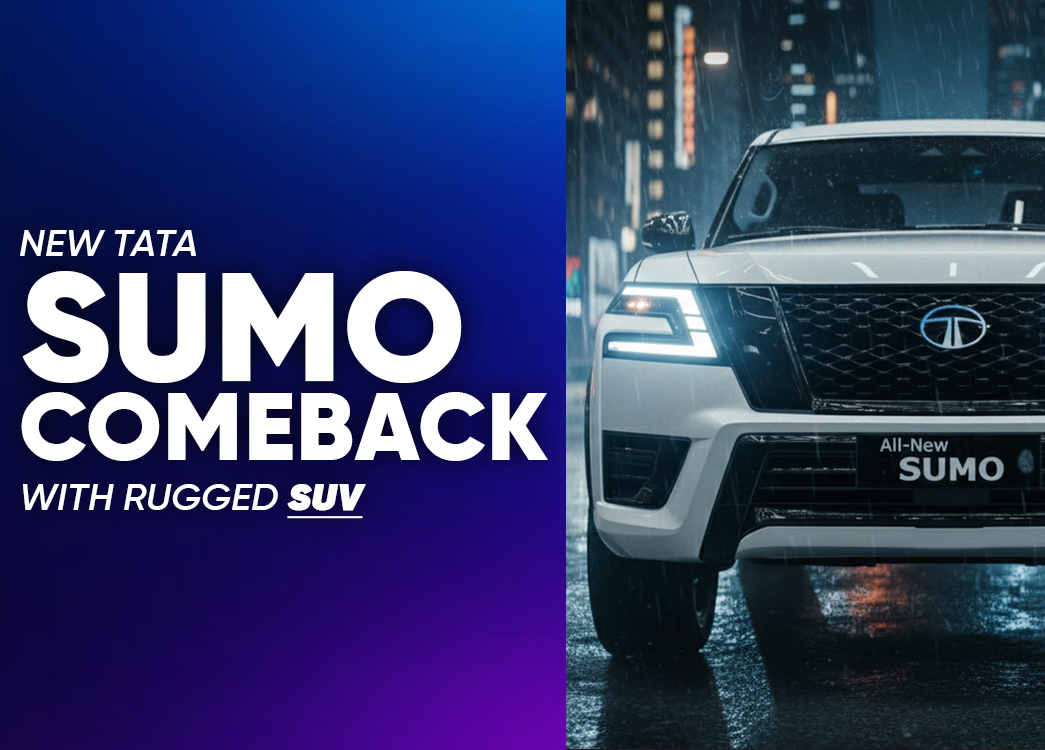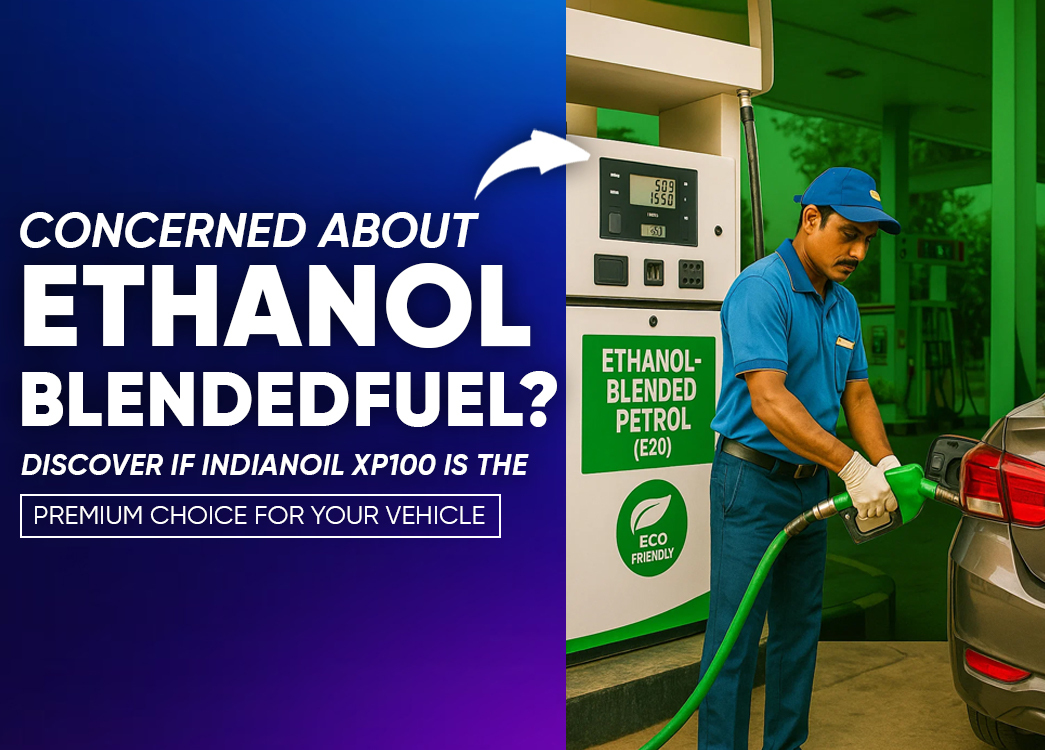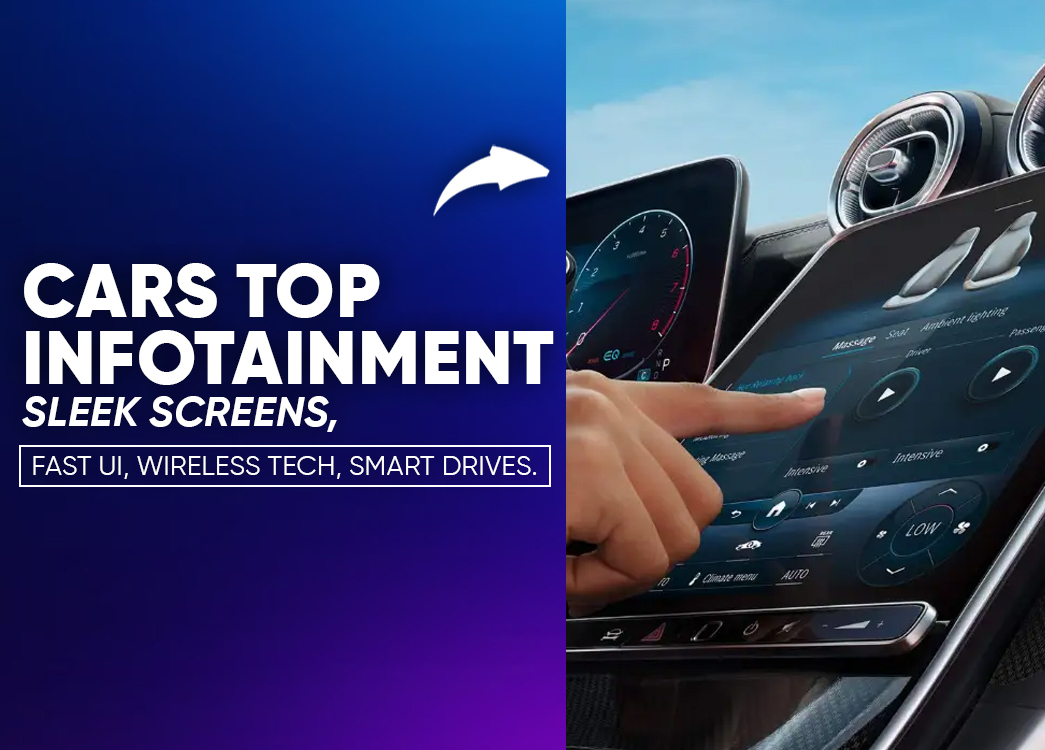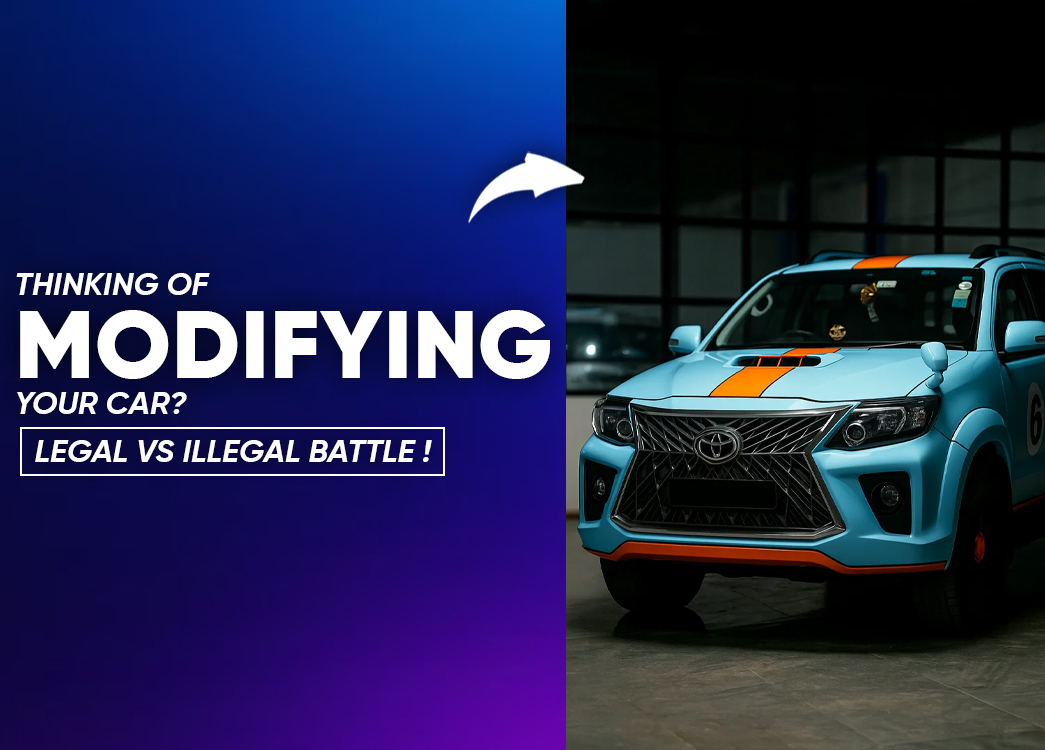
By creckk On 20-08-2025 at 11:52 am
E20 Petrol Saga: Impact on Various Sectors
E20 Petrol Saga: Will Owners Of New Cars Be Affected Or Older Cars?

E20 petrol is making headlines, and car owners are buzzing with questions. As the name suggests, it is petrol blended with 20% ethanol. The government is pushing this shift to cut down our massive oil import bill and make fuels a little friendlier for the environment. Until now, E10 (10% ethanol blend) has been the standard. But with E20 entering pumps across India, the debate begins how does it affect new cars vs older ones?
Is Ethanol-Blended Petrol Harming Your Car?
Research and real-world tests say E20 fuel is safe for newer cars but could raise concerns for older vehicles over time.
Corrosion, Leaks & Repairs?
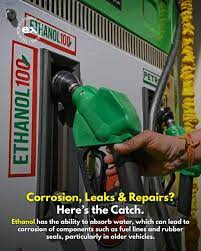
Ethanol absorbs water, which can corrode fuel lines and rubber seals especially in older cars. That’s why the age of your car matters with E20 fuel.
This ‘Green’ Fuel Could Hurt Your Mileage
Drivers of older cars might notice a 1-6% dip in fuel efficiency with E20 petrol, since their engines were never designed for high ethanol blends.
Honda Achieves E20 Petrol Compliance Across All Models
New Delhi, February 6, 2025: Honda Cars India Ltd. (HCIL), a leading premium car manufacturer, has announced E20 (20% Ethanol blended) Petrol compliance certification for all its current models Honda Elevate, Honda City e:HEV, Honda City, and Honda Amaze. The 2nd Generation Honda Amaze also received E20 compliance in January 2025.
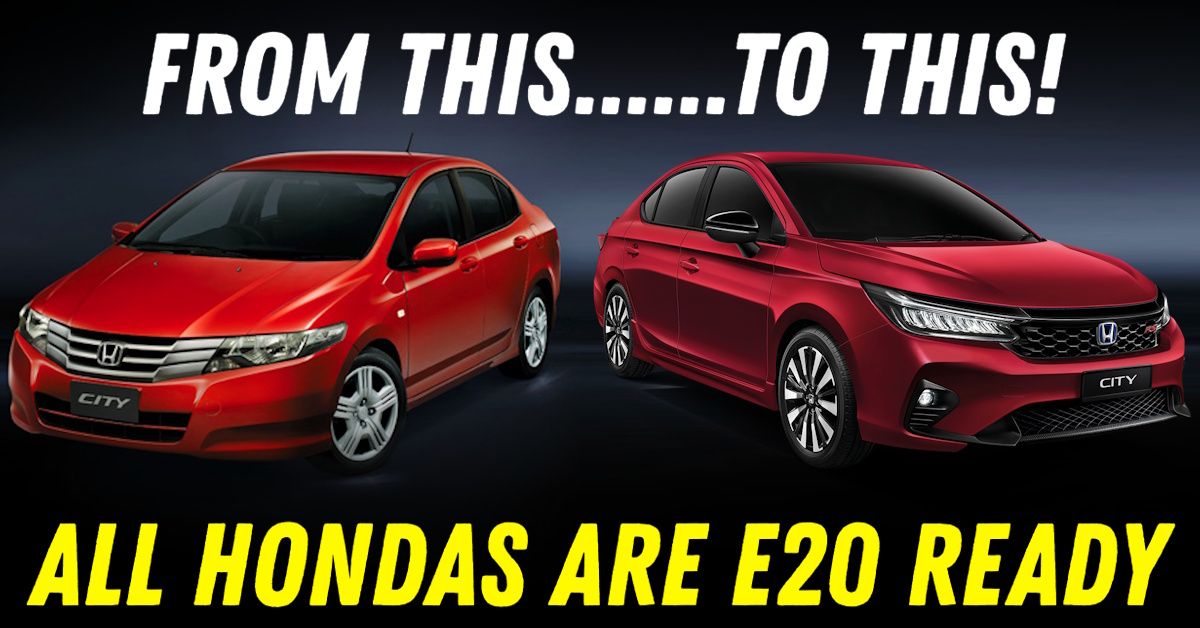
Commitment to Sustainable Mobility
This milestone reflects Honda’s dedication to supporting India’s shift towards greener and cleaner transportation solutions. By aligning with E20 standards, Honda continues to strengthen its commitment to sustainability.
Honda’s Long-Term E20 Readiness
HCIL has been embracing E20 fuel compatibility since 2009. All Honda cars manufactured in India from January 1, 2009, are E20 material compatible. Customers can safely use E20 petrol in their Honda vehicles without durability concerns or the need for part changes.
Will Ethanol Wreck Your Engine?
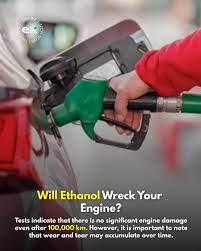
Long-term studies show no major damage even after 1,00,000 km with E20 in compatible cars. But yes, slow wear and tear can build up in older models.
Greener Fuel on the Rise
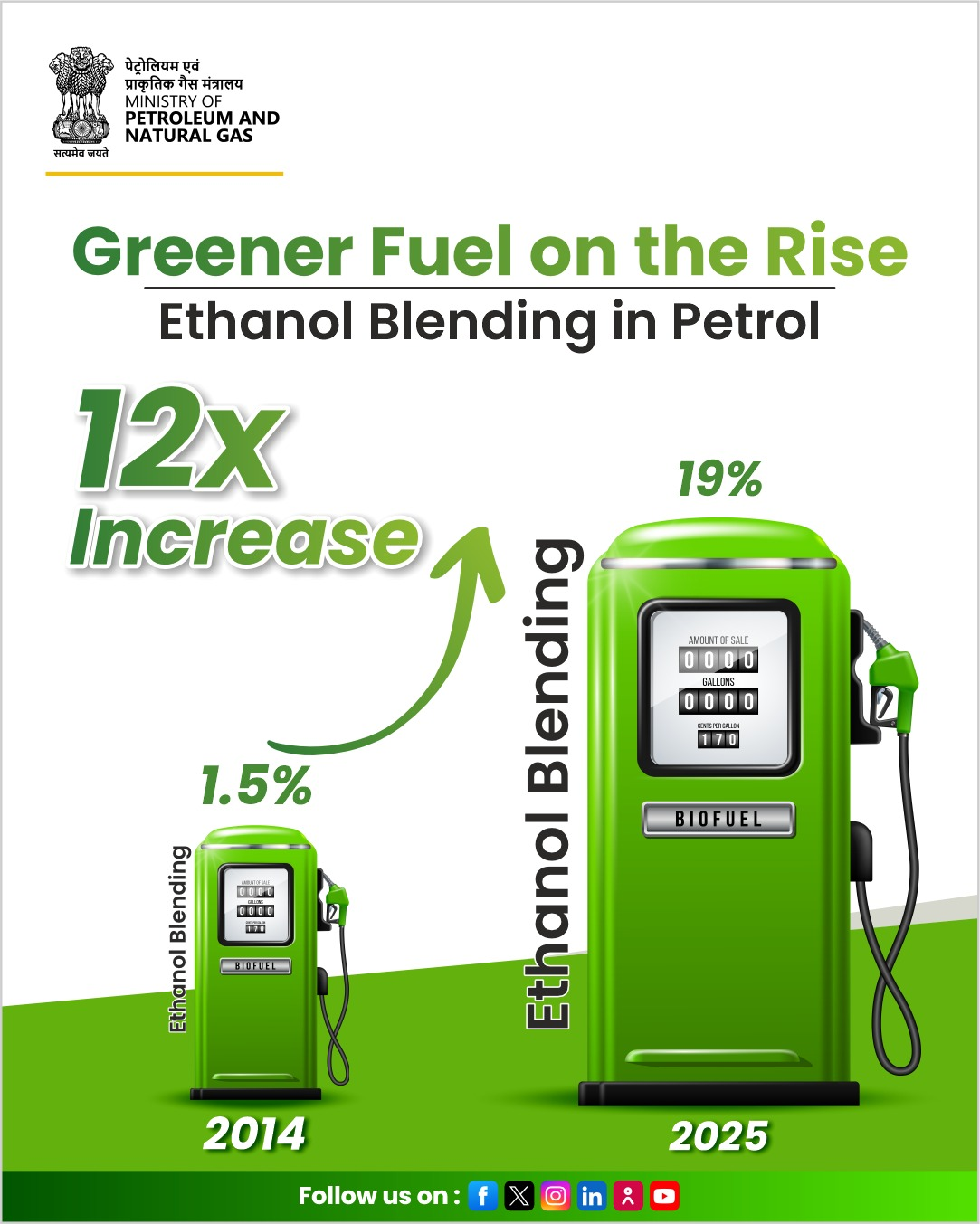
India has boosted ethanol blending from 1.5% in 2014 to nearly 20% by 2025 a massive leap towards greener fuel adoption.
Promoting Bio-Fuels, Protecting Environment
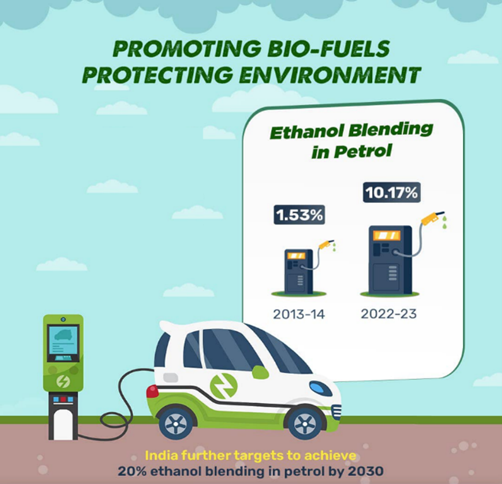
Ethanol blending jumped from 1.53% in 2013 to over 10% in 2022. The next goal: 20% blending by 2030 to cut emissions and oil imports.
E20 Fuel in India: Boost or Bust?
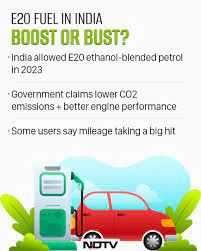
Allowed in 2023, E20 promises lower CO2 emissions and better performance—but many users still report noticeable mileage drops.
What Cars Can Use E20 Fuel?
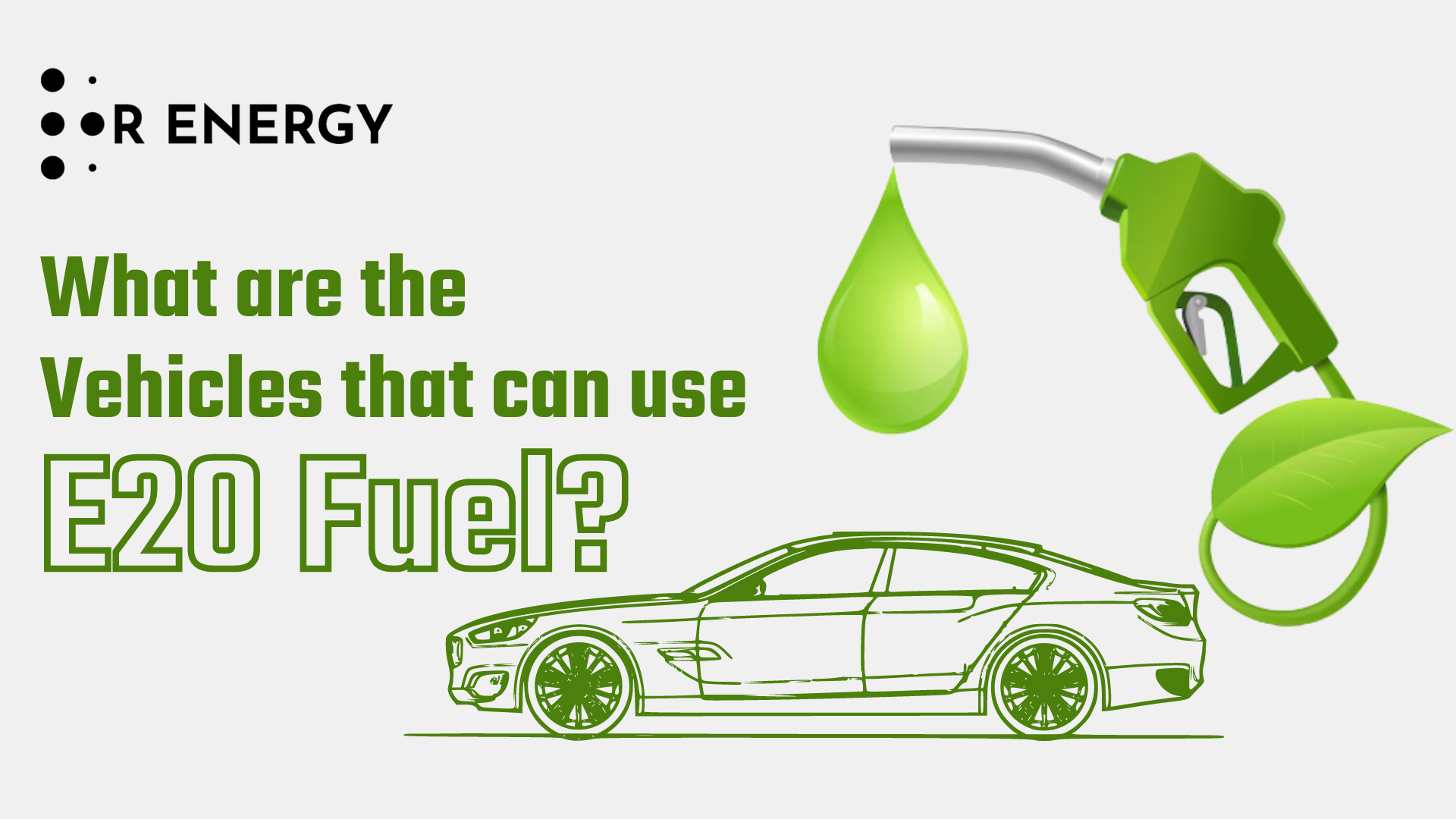
All cars made after April 1, 2023, are E20-ready. Some older ones may also be compatible, but always check your car manual first.
Myth vs Fact
Myth: E20 petrol is bad for your engine.
Fact: Tests prove no harm in E20-ready cars. In fact, it improves combustion and reduces carbon deposits.
Government Responds to Concerns on E20 Petrol Blending
New Delhi, August 12, 2025: The Ministry of Petroleum and Natural Gas has addressed concerns on the impact of 20% Ethanol Blended Petrol (E20) on mileage and vehicle life. The detailed clarifications are listed below.
India’s Shift to Cleaner Fuels
Biofuels and Natural Gas are considered bridge fuels for India’s energy transition. Ethanol reduces greenhouse gas emissions by up to 65% (sugarcane-based) and 50% (maize-based) compared to petrol. This supports India’s Net Zero 2070 goal.
Benefits to Farmers and Economy
The ethanol blending programme boosts rural income, clears sugarcane arrears, and improves maize cultivation. From 2014–2025, it saved Rs.1.44 lakh crore in foreign exchange, reduced 736 lakh MT of CO2 emissions (equal to planting 30 crore trees), and substituted 245 lakh MT of crude oil. In 2025 alone, farmers are expected to receive Rs.40,000 crore.
Centre Highlights Benefits of E20 Petrol
New Delhi: The Ministry of Petroleum and Natural Gas has cited NITI Aayog’s study to back the use of E20 petrol, noting that it not only improves vehicle performance but also boosts farmer income and reduces carbon emissions.
Boost to Farmers’ Income
With the Ethanol Blending Programme, money once spent on crude oil imports is now going to Indian farmers. At 20% blending, payments to farmers are expected to reach ₹40,000 crore in 2025, alongside foreign exchange savings of around ₹43,000 crore.
Environmental Gains
The use of E20 fuel reduces carbon emissions by nearly 30% compared to E10. This makes it a cleaner and greener fuel option for India’s transition to sustainable mobility.
Better Performance on Roads
E20 provides better acceleration, smoother ride quality, and enhanced efficiency. With a higher octane number (~108.5 vs petrol’s 84.4), it is ideal for modern engines. Ethanol’s higher heat of vaporization also improves air-fuel mixture density, boosting overall performance.
Performance and Mileage
E20 fuel improves acceleration, ride quality, and reduces emissions by around 30% compared to E10. With higher octane (108.5 vs petrol’s 84.4), E20 enhances engine efficiency. Concerns about mileage drop are misplaced, as efficiency depends on multiple factors like driving habits, tyre pressure, and maintenance.
Global and National Experience
Brazil runs on E27 successfully with no major issues. Automakers like Toyota, Honda, and Hyundai already produce vehicles there. In India, many cars have been E20 compatible since 2009, making fuel efficiency concerns minimal.
Compatibility and Safety
E20 meets BIS and Automotive Industry Standards. For most vehicles, no issues exist in drivability, startability, or material compatibility. Only older cars may need inexpensive rubber or gasket replacements during servicing.
Pricing and Ethanol Supply
Ethanol prices have risen over time, making it costlier than petrol in some cases. Still, blending continues because of benefits to farmers, forex savings, and sustainability. In 2024-25, average ethanol procurement cost was Rs.71.32 per litre.
No Impact on Insurance
Fears that insurance will not cover vehicles running on E20 are baseless. Insurance validity remains unaffected. Clarifications have been issued to counter false narratives.
Future Roadmap Beyond E20
The current roadmap commits India to E20 blending until October 31, 2026. Any move beyond E20 will be carefully evaluated through stakeholder consultations, research, and a formal government decision.
Government Commitment
The Government remains focused on promoting cleaner fuel options like E20 while ensuring minimal impact on consumers and strong support for farmers, energy security, and sustainability.
New Cars Are Safe
If your car is brand-new, you can relax. Most carmakers started rolling out E20-compatible models much earlier, and every car manufactured after April 1, 2023 is officially E20-ready. Some older models before this date are also compatible. To be sure, check your car’s manual or the fuel recommendation sticker near the fuel lid.
What If My Car Is Older?
Here’s where it gets tricky. Cars made between 2012 and early 2023 are compliant with E10 fuel. Using E20 in these cars won’t cause instant damage, but it can bring a few concerns:
- Mileage Drop: As reported by users and confirmed by ARAI, expect a slight dip in fuel economy with E20.
- Wear and Tear: Ethanol is corrosive, so long-term use could cause internal wear, especially in aging engines and fuel systems.
- Solution: Use additives or switch to high-octane petrol without ethanol. However, the latter is much more expensive.
What About The Warranty?
This is the grey area car owners need to watch out for. Carmakers like Toyota have already clarified that if you use fuel not recommended for your car, any engine damage may void the warranty. So, if your car is not marked E20-compliant, the risk is yours to take.
What Are The Solutions?
The industry knows this transition won’t be smooth. Possible solutions include:
- Offering both E10 and E20 at fuel stations during the transition phase.
- Carmakers exploring upgrade kits to make older cars E20-compatible, though this is far more complex than a simple tweak.
- Raising awareness among owners so they know what their car is compatible with before filling up.
FAQs:
What is E20 petrol?
E20 petrol is regular petrol mixed with 20% ethanol. It reduces oil dependency and is better for the environment compared to standard E10 fuel.
Are new cars affected by E20 fuel?
No. All cars made after April 1, 2023, are E20-compatible. Many brands had already started releasing E20-ready models before this date too.
What happens if I use E20 in an older car?
Cars made between 2012 and 2023 (E10-ready) may see a slight mileage drop. Long-term wear could happen since ethanol is corrosive, but no instant damage will occur.
Will my warranty be void if I use E20?
Yes, if your car is not marked as E20-ready. For instance, Toyota has stated that using non-recommended fuel that causes damage will void the warranty.
What can older car owners do?
Use recommended additives or high-octane petrol without ethanol (though expensive). Keeping an eye on manufacturer updates for possible E20 upgrade kits is also advised.
Why is India shifting to E20?
The move reduces our heavy oil import bill and is environmentally friendlier. It’s part of India’s larger push toward sustainable mobility.
Related posts
